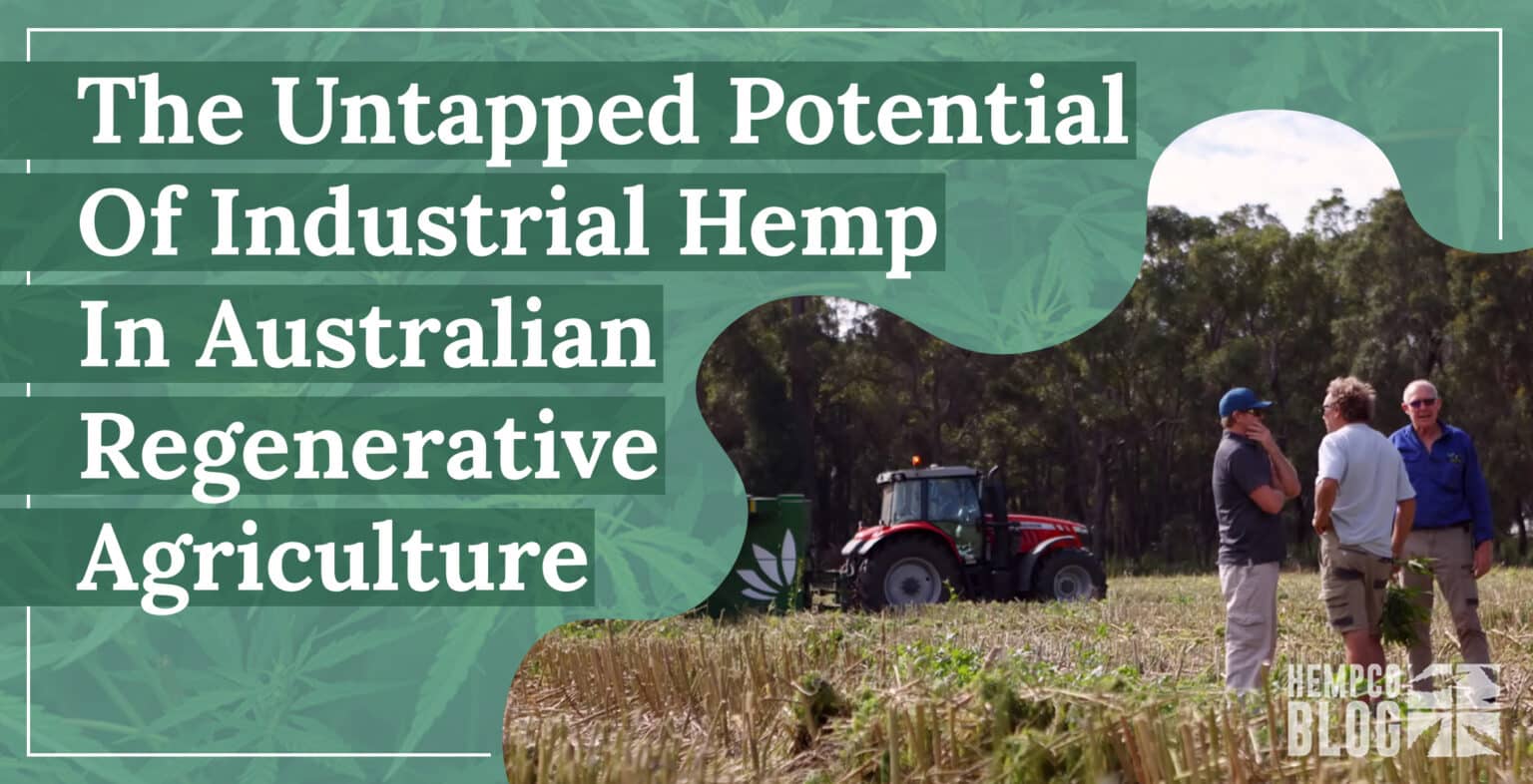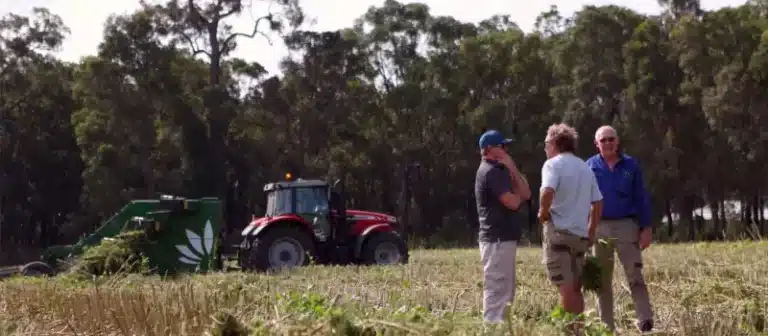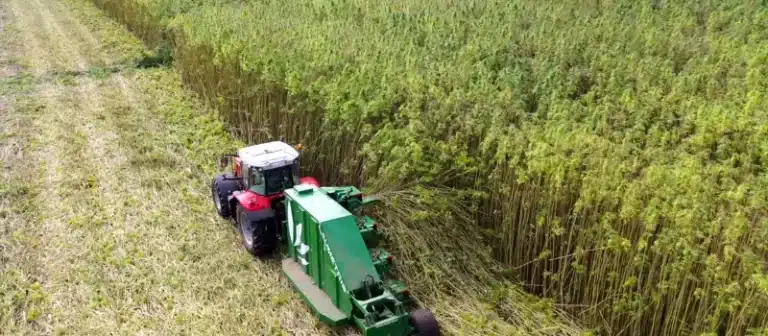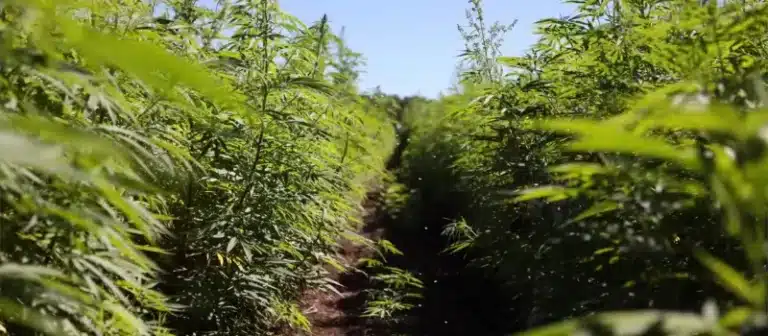
Industrial hemp, a versatile and sustainable crop, has been cultivated for thousands of years for various purposes, including clothing, paper, and food. Despite its historical significance, hemp cultivation was banned in many parts of the world, including Australia, due to its association with marijuana. However, in recent years, there has been a resurgence in interest in hemp, particularly for its potential in regenerative agriculture.

Regenerative agriculture is a farming practice that aims to improve soil health, sequester carbon, and increase biodiversity. Industrial hemp, with its fast growth and deep root system, can play a significant role in this practice. Hemp's ability to grow in various soil conditions, its resistance to pests, and its capacity to absorb large amounts of carbon dioxide make it an ideal crop for regenerative farming.
Historically, hemp was a staple crop in many cultures. Its versatility made it a valuable resource for various industries. In addition to its uses in textiles and paper, hemp was also used in crop rotation to break disease cycles and improve soil fertility.

Australia's climate and soil conditions are well-suited for hemp cultivation. With the growing global market for hemp products, there is a significant opportunity for Australian farmers to diversify their crops and tap into this market.
However, there are challenges to overcome. Regulatory hurdles and a lack of infrastructure for processing hemp are among the main obstacles. With the right support and investment, hemp could become a significant part of Australia's agricultural landscape.

Industrial hemp holds great promise for regenerative farming in Australia. Its environmental benefits, coupled with its potential economic value, make it a crop worth considering for the future of sustainable agriculture in the country. As we continue to seek solutions to the challenges of climate change and soil degradation, the role of hemp in regenerative agriculture cannot be overlooked.